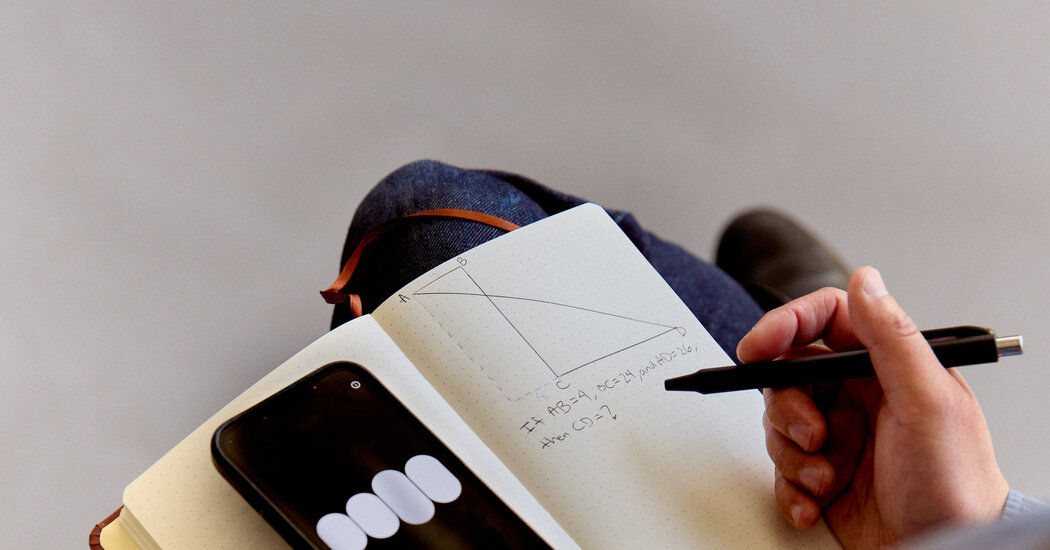
When OpenAI unveiled the latest version of its immensely popular ChatGPT chatbot this month, it had a new voice possessing humanlike inflections and emotions. The online demonstration also featured the bot tutoring a child on solving a geometry problem.
To my chagrin, the demo turned out to be essentially a bait and switch. The new ChatGPT was released without most of its new features, including the improved voice (which the company told me it postponed to make fixes). The ability to use a phone’s video camera to get real-time analysis of something like a math problem isn’t available yet, either.
Amid the delay, the company also deactivated the ChatGPT voice that some said sounded like the actress Scarlett Johansson, after she threatened legal action, replacing it with a different female voice.
For now, what has actually been rolled out in the new ChatGPT is the ability to upload photos for the bot to analyze. Users can generally expect quicker, more lucid responses. The bot can also do real-time language translations, but ChatGPT will respond in its older, machine-like voice.
